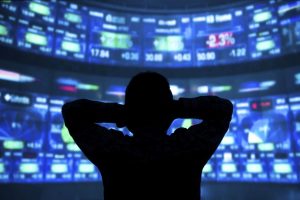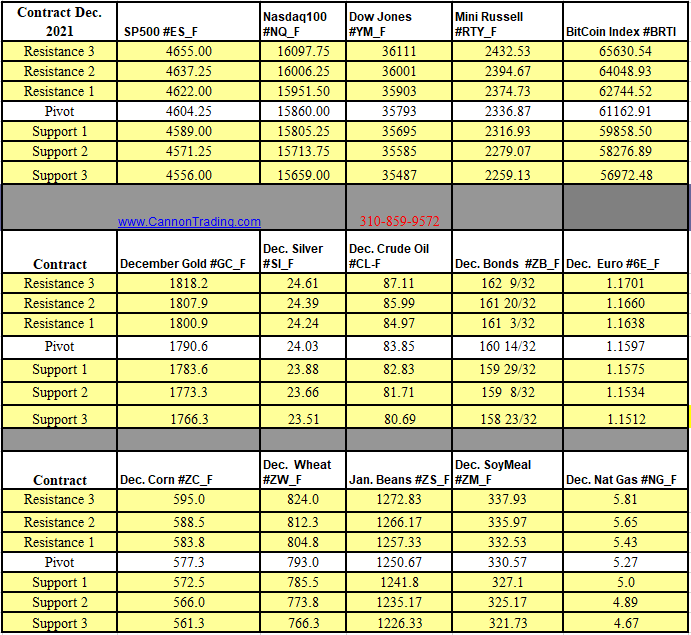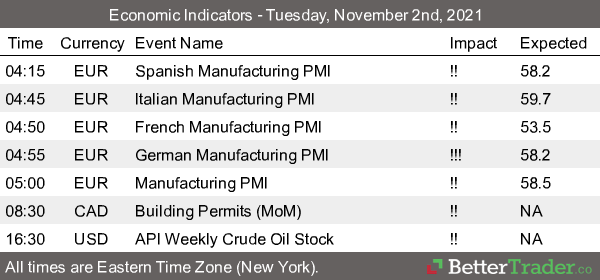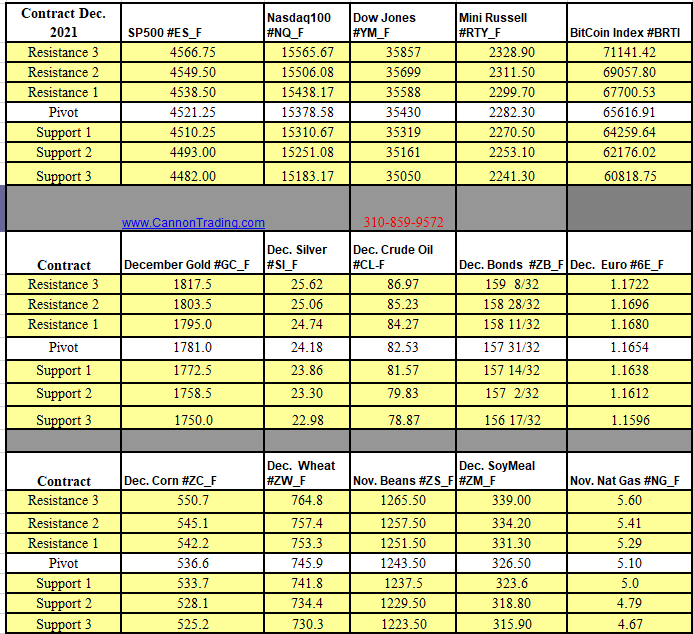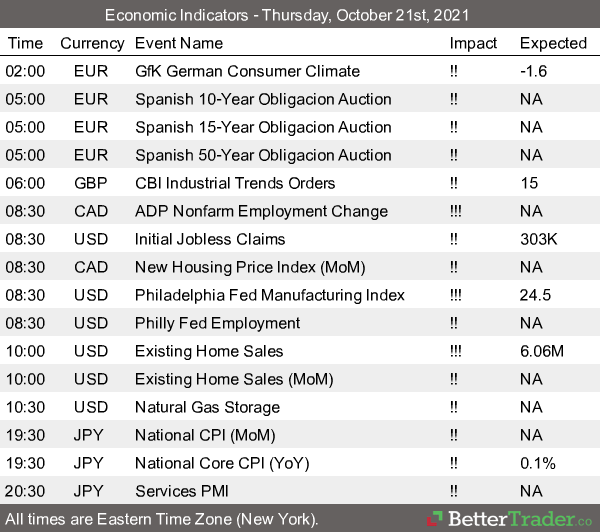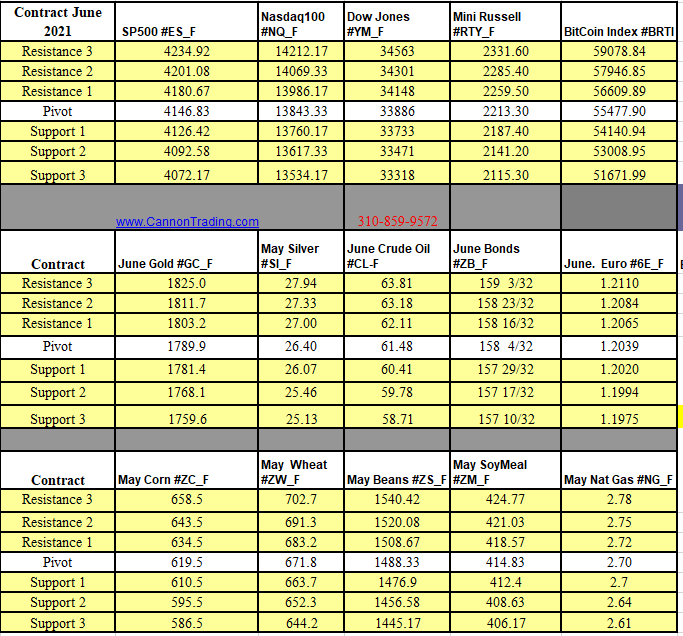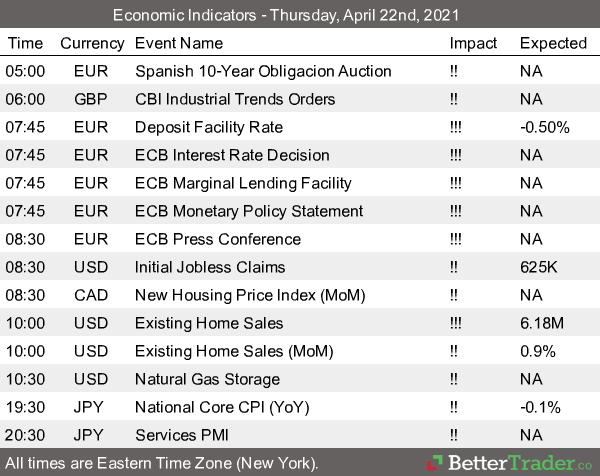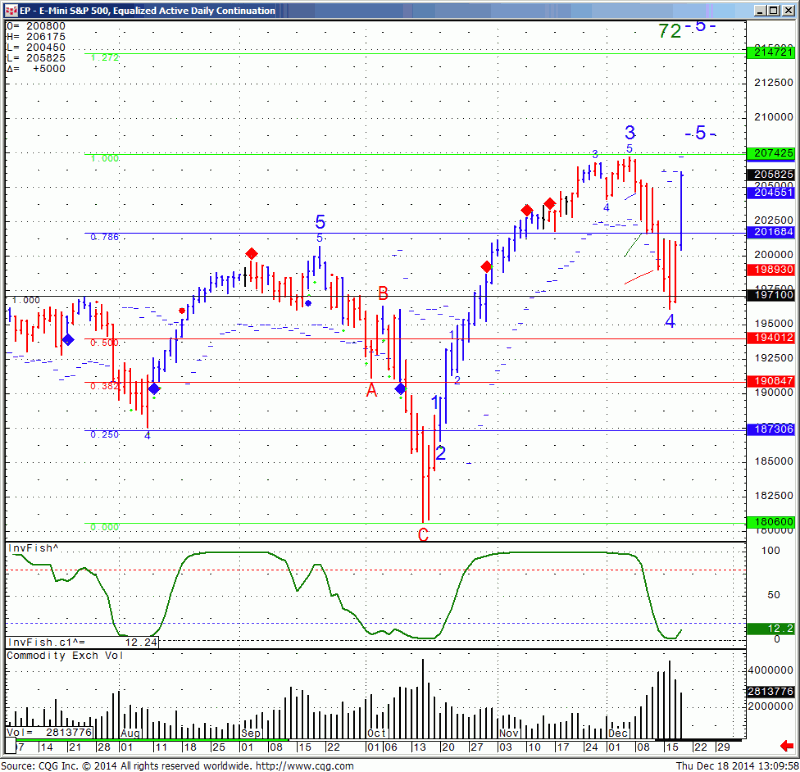Futures Trading Risks and Advantages
Understanding the nature of risk as a futures trader is a critical element to success. While a risky environment, the advantages of the futures market are obvious to an educated trader. Leverage, long trading hours, hasty order executions, and powerful platforms are all worth mentioning. The best trading environments also attract stiff competition. The words trader and risk management become synonymous with one another. What risks need to be managed exactly?
First and foremost, the risk of capital loss or “losing money.” Capital is the lifeblood of a trading business. It may seem trivial or obvious, but the emotional and mental tax that comes from spending time to lose money can be significant. Small problems and habits quickly compound which amplifies the risks associated with trading derivatives or leveraged positions. Leverage amplifies mistakes which may cause persistent challenges with psychology and mental fortitude. This cycle can exist perpetually so long as a trader continues to allow it.
All Traders Face Loss
All traders face risk of loss, it’s the nature of the industry. What differs among each trader is the collective experiences that make up how they manage the reaction to the losses. This is true of all trading, but particularly important when using leverage. Sometimes overprotecting a trade or being afraid to lose can add risk to a system. Smothering multiple trades with stop losses may have a similar effect as letting a bad trade run.
Risk management is multi-dimensional. The proper location for a stop loss might be relative to several factors in the risk management system. It’s a dynamic environment with multiple inputs. Occasionally, risk can be created from outside factors such as weather interrupting power or an internet service provider outage. Risk comes in many shapes, but the trader that actively mitigates and manages ALL types of risk should have an increased chance for success.
What are the “Alternative Risks” that can effect trading?
Here is a list of “alternative risks” that may go unnoticed at first. These risks may correlate directly to trading results by hindering a trader’s mental, emotional, or physical performance.
- Stress or adversity caused from a personal situation outside of trading
- Lack of hydration or healthy diet
- Distractions by phone, social media, etc.
- Resulting – or weighing the validity of a strategy on the immediate or short-term result, rather than testing it over time.
This list communicates just a few of the risks that exist outside of the trade itself. These variables can impact how a trader follows rules, rationalizes, and behaves.
The Advantages of Trading
Though risky, the futures market may prove advantageous to the savvy trader. Capital efficiency and liquidity provide the opportunity to scale, and short-term gains on futures are taxed more favorably than stocks (Always check with a CPA before trading.) The futures provide a way for traders to actively hedge investments outside of what could be considered “regular business hours.” Many markets trade overnight which allows access to hedge nearly round the clock. The advantages of commodity futures are unparalleled when used in the proper context. Commodity businesses across the world can use the futures market to aid in pricing forward their products, and preparing for the future.
Another notable benefit of the futures market is the availability of futures options. A great example is how agricultural options provide a way to gradually manage the risk of their commodities. A farmer may use a protective put as a means to hedge corn prices before the harvest. These are just a few examples of the advantages of trading futures and futures options. As always, consult with a broker to learn more about the risks associated with trading or trading strategies. Being educated before diving into a challenging atmosphere is a true demonstration of discipline and risk management.
You can download one of our trading platforms with live data and the options board here
E-Futures International | Futures Trading Platform & Broker Demo Account (cannontrading.com).
We will be happy to screen share with you and answer any questions you may have about futures related inquiries.
Author: Josh Meyers, Broker at Cannon Trading Company
Important: Trading commodity futures and options involves a substantial risk of loss. Therefore, recommendations contained in this letter are of opinion only and do not guarantee any profits. There is not an actual account trading these recommendations and past performances are not necessarily indicative of future results.
